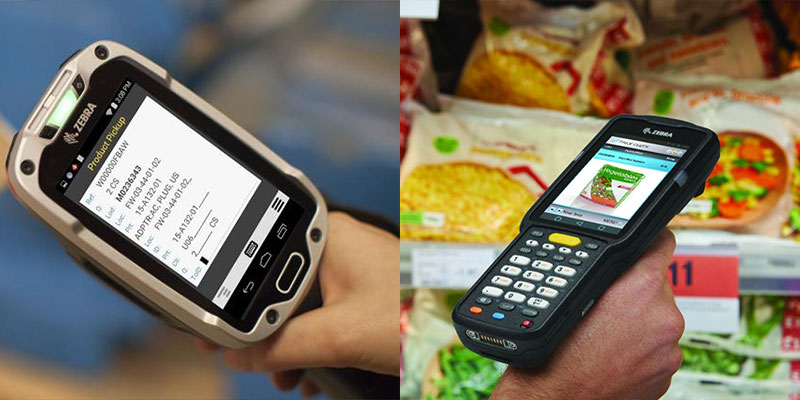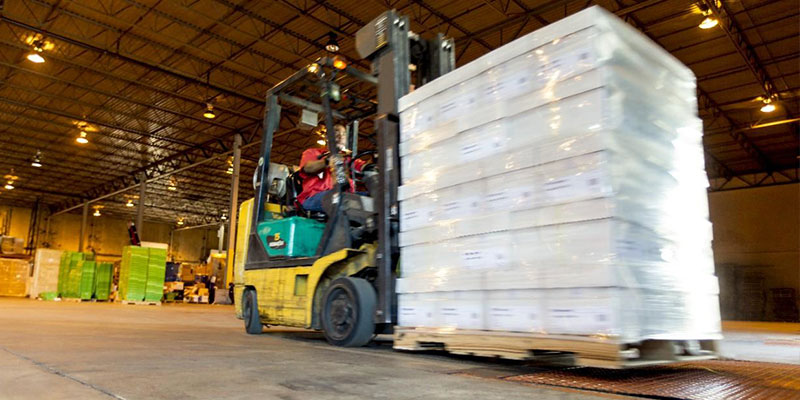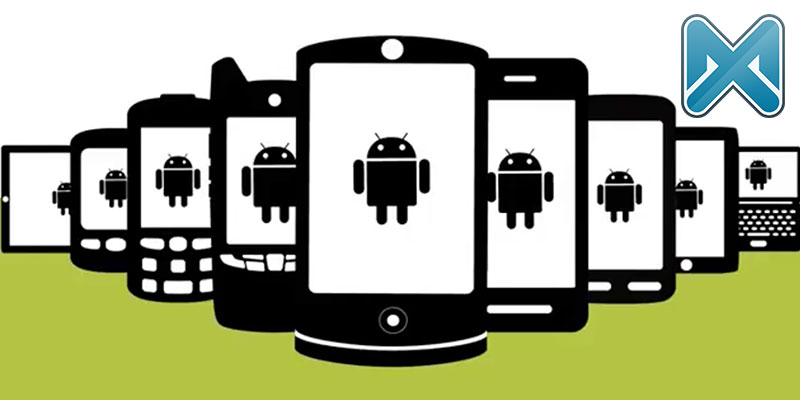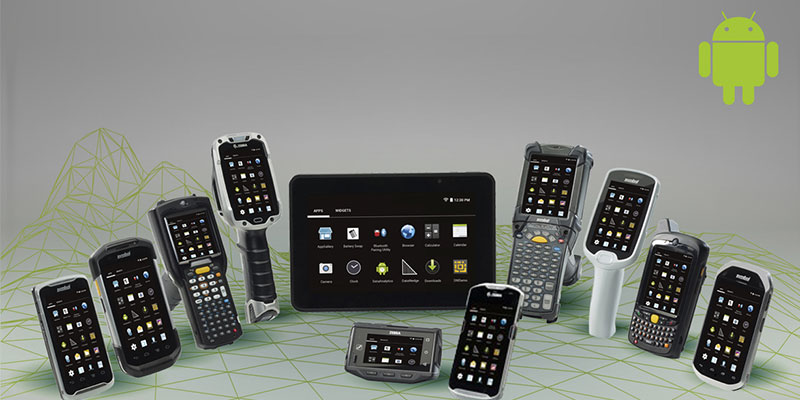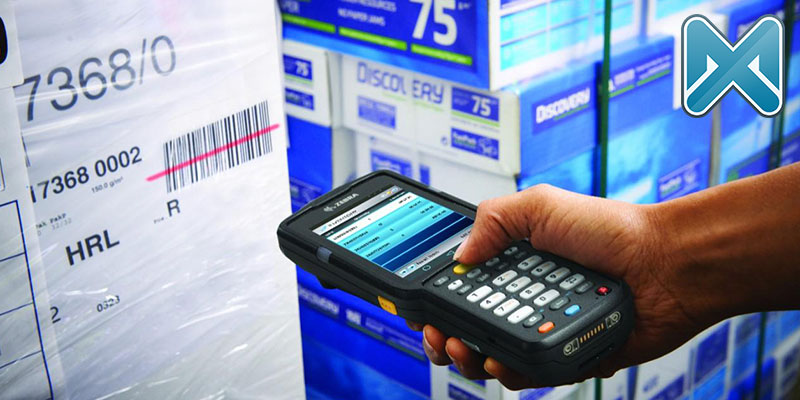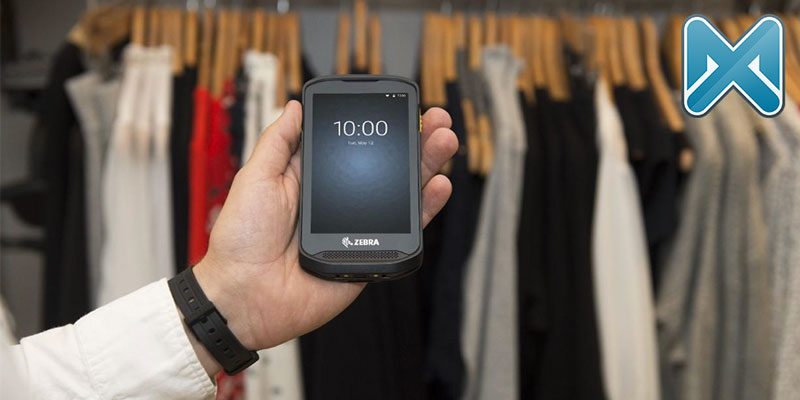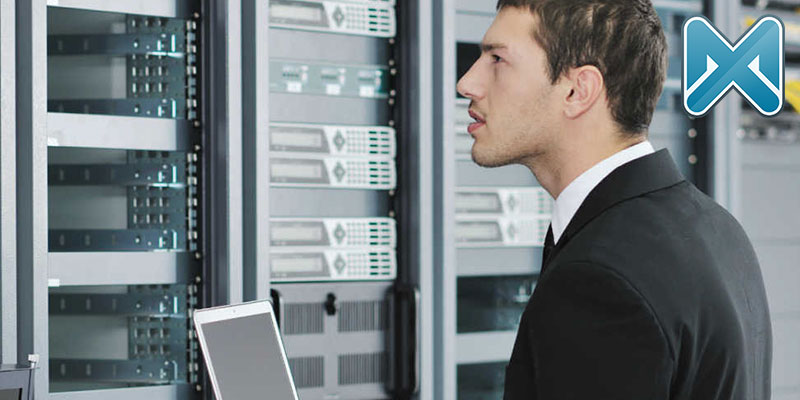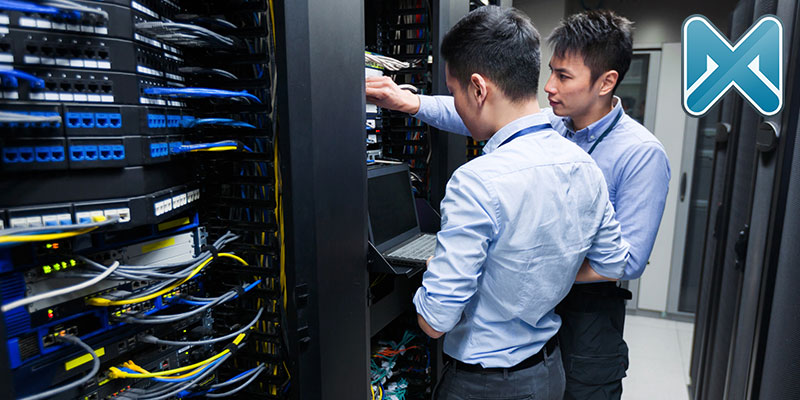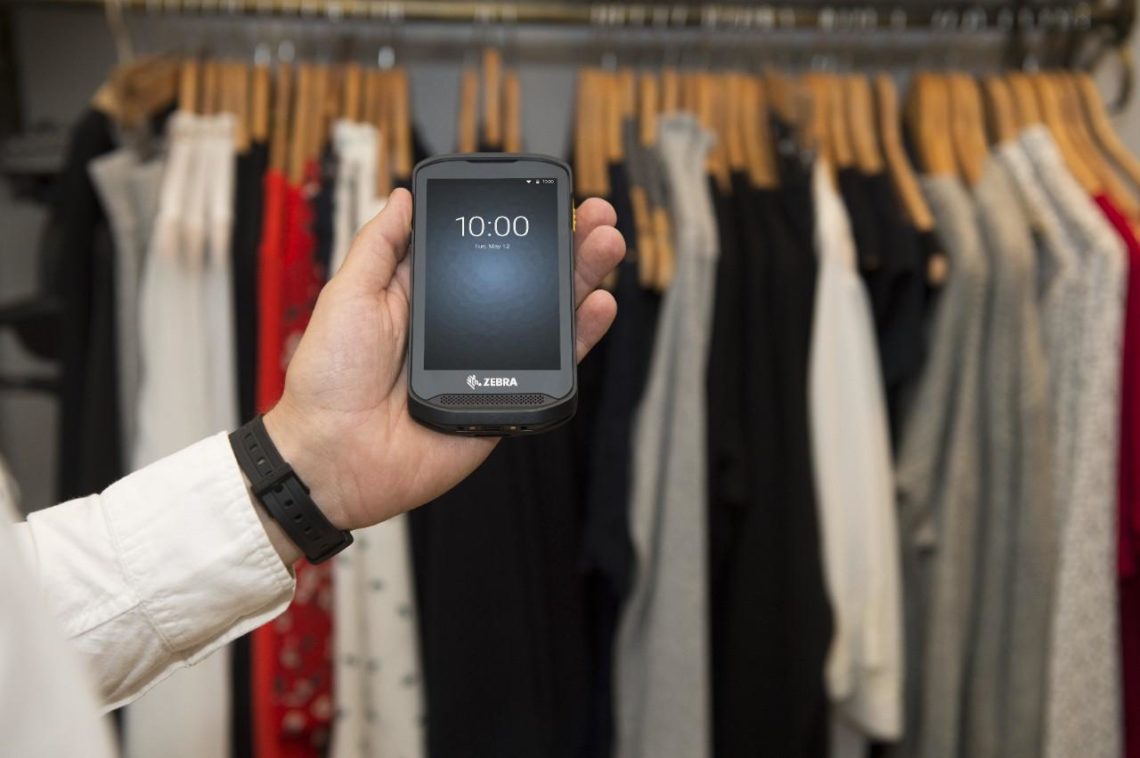We’ve been discussing enterprise operating systems, as the deadlines approach for Microsoft ending support for Windows Embedded Handheld and Windows CE. The great OS Migration started when Microsoft made the announcement in 2016 that it would no longer provide security updates for their operating systems by 2020. Businesses that have been relying on Microsoft’s OSs for their rugged handheld devices have had to choose between staying with an unsupported operating system, rewriting their apps to fit another version of Windows, or choosing to move to another OS. While there’s naturally a lot of discussion about which choice is best, let’s talk about budgeting for OS migration from Windows.
How will the change in your operating system impact your investment in devices, both legacy, and upgrades?
Start by Assessing Your Legacy Devices for OS Migration
Are they a few years old (or older)? If so, you’re ready for an upgrade. The evolution of the rugged mobile technology in recent years has delivered a wealth of benefits that command your attention. The productivity factor has escalated. Your workforce can be more efficient with their time, which contributes to a rapid return on investment in your new technology. The Zebra TC8000 all-touch mobile computer, for example, has been proven to boost productivity by 14%. That’s the equivalent of adding one hour per worker per shift. The factor that bonuses across your workforce to determine how this investment in new technology benefits your business. The Zebra MC3300 mobile computer offers the flexibility of four different form factors so you can customize it your ergonomic needs—which enhances productivity as well. This mobile computer also features the combination of three scan engines, three keypads, and three tiers of functionality, so it fits the way you need to use the device, not the other way around.
Create an Inventory of Your Current Use Cases for OS Migration
Identify how you use the devices as well as the desired results. For example, for barcode scanning, do you require an extended reach? Are you scanning in cold storage where the workers wear gloves and the barcodes could be covered with frost? Do you do a high volume of scanning with a mobile computer or is it purely a secondary feature? You might likely discover that a “one-size-fits-all” approach for rugged mobile devices doesn’t fit your needs. Today’s more advanced technology presents a broad array of purpose-built devices that are drilled down to specific tasks and functions.
Prioritize Your Needs for Functions and Features Investment for OS Migration
Prioritize your needs so that you understand the functions and features that require investment. Be sure to forecast anticipated uses so that you can future-proof your investment. This will help you focus on the hardware that will best achieve your goals. You can use these guidelines to avoid purchasing less or more than you need. These steps will help you profile your hardware needs. You might have some legacy devices that are still highly functional in your work environment. If they run on an unsupported version of Windows, are you comfortable with the lack of security updates?
Establish a Timeline
The OS migration will occur over a period of time. You’re not going to pull the plug one day and be up and running the next. You need a strategy to deploy the new operating system and integrate the new devices. Avalon Integration can help here. We specialize in enterprise systems integration and we’re experienced in the challenges of OS migration. We’ll apply our expertise to develop a strategy with you, acquire the hardware, and implement the transition in an efficient, effective process. Talk to us about making the move to an operating system and enterprise computing hardware that will support your business in the long run and deliver greater results.


